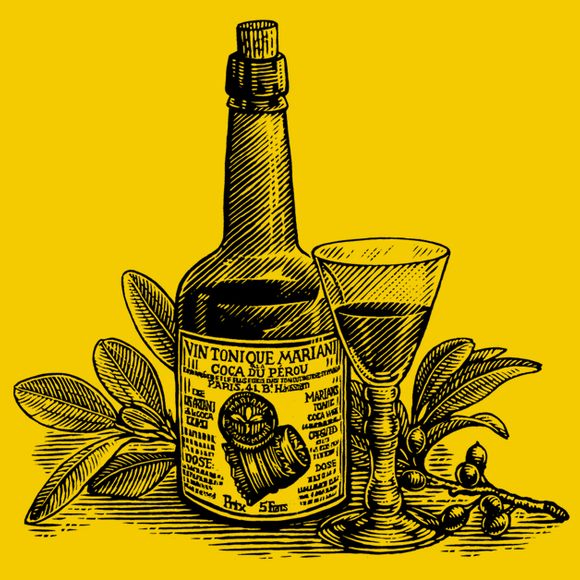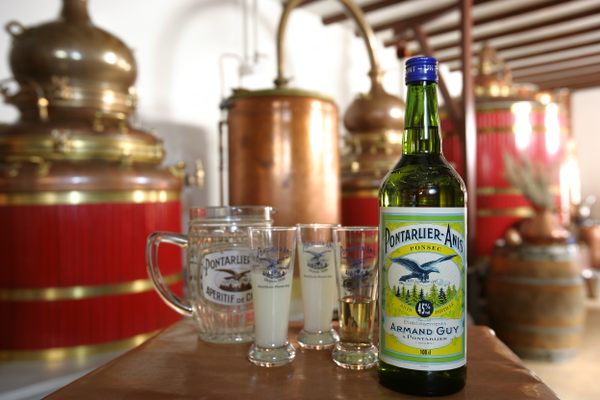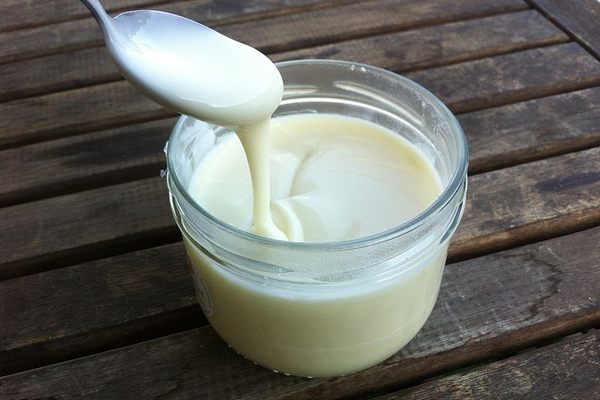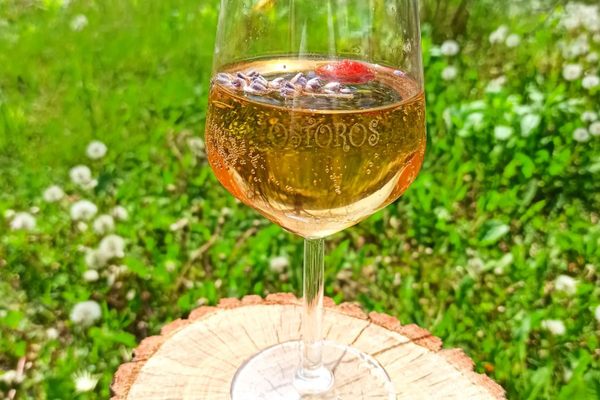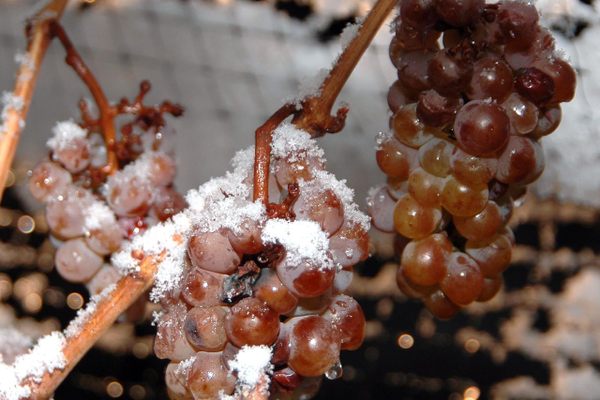What do Ulysses S. Grant, Thomas Edison, Queen Victoria, Henrik Ibsen, Jules Verne, and Pope Leo XIII have in common? They all publicly endorsed the coca-laced wine Vin Mariani.
In 1859, Italian scientist Paolo Mantegazza published a paper on the potential benefits of a little-studied South American plant called coca. Inspired by the findings, a French chemist named Angelo Mariani invented a potent tonic—Bordeaux wine spiked with six milligrams of coca leaf per ounce. He pitched the beverage as a digestif, apertif, energy booster, and general cure-all that was even safe for kids (simply halve the daily two- or three-glass standard dosage).
Vin Mariani became a smash hit in Paris, then spread throughout Europe and the United States. This was due in part to Mariani’s aggressive marketing campaign, which involved commissioning famous artists to design advertisements. An endorsement from the pope didn’t hurt, either: The pontiff hailed the effects of fortifying himself with the tonic wine “when prayer was insufficient.” Throngs of celebrities sang the praises of Vin Mariani, along with presidents and physicians. A volume of Medical News from 1890 confirms that “no recognized medical preparation has received stronger endorsement at the hands of the medical profession.”
It shouldn’t be surprising that Vin Mariani had its fans. Even though oral consumption is much less addictive than other forms of cocaine use, this was potent stuff. The ethanol in the wine operated as a solvent, extracting cocaine from the coca leaf. When cocaine and alcohol are imbibed together, a third chemical compound, called cocaethylene, forms as the intoxicants are metabolized in the liver. This intense psychoactive is more euphoric, powerful, and toxic than cocaine or alcohol alone.
But all parties must come to an end. In 1906, the United States began enforcing labeling regulations through the Pure Food and Drug Act. Alcohol prohibition movements gained traction and the dangers of cocaine became public knowledge, all of which reduced the market for coca wine. A coca-less version of Vin Mariani was produced for sale in the United States, but it didn’t offer the same stimulant effect of a competing beverage that was also originally based on coca: Coca-Cola.
Mariani fought legal change nearly up until his death in 1914—the same year that the war against opiates and coca officially began with the Harrison Narcotics Tax Act. Vin Mariani disappeared from the shelves. Meanwhile, Coca-Cola continued to thrive, sans coca, and would go on to become one of the most successful soft drink companies in the world.
Written By
 rachelrummel
rachelrummel
Sources
- thenonist.com/index.php/thenonist/permalink/vin_mariani/
- vinepair.com/wine-blog/vin-mariani-bordeaux-wine-coca/
- cocaine.org/tonicwine.htm
- books.google.com/books?id=GU2Kg0jd6NEC&pg=PA56&lpg=PA56&dq=
- books.google.com/books?id=nioTAAAAYAAJ&pg=PA663&lpg=PA663&dq=the+entire+medical+profession+vin+mariani&source=bl&ots=G-4qI4oG9z&sig=3vm-6ZI-l5fEfxzPwuxgbWlPI6s&hl=en&sa=X&ved=0ahUKEwjj5tjcmMvWAhVHs1QKHc6PCiEQ6AEIOzAI#v=onepage&q=the%20entire%20medical%20profession%20vin%20mariani&f=false
- www.druglibrary.org/schaffer/library/studies/cu/cu8.html
- books.google.com/books?id=2UQXBAAAQBAJ&pg=PA98&lpg=PA98&dq=when+prayer+was+insufficient+pope+vin+mariani&source=bl&ots=0CVJmGoOs_&sig=l_hjQcusx660dS_KFNjyGf4zq8w&hl=en&sa=X&ved=0ahUKEwjls8WN-M3WAhWDRiYKHQPkAl0Q6AEILjAB#v=onepage&q=when%20prayer%20was%20insufficient%20pope%20vin%20mariani&f=false
- www.nbcnews.com/id/42255151/ns/business-us_business/t/sweet-americas-top-brands-soda/#.WfiXKxNSyfc
- books.google.com/books?id=9cqUAwAAQBAJ&pg=PA99&lpg=PA99&dq=vin+mariani+history&source=bl&ots=qMaw51mDv2&sig=x2z6jTxcske_wnqm151F2JsKxGY&hl=en&sa=X&ved=0ahUKEwjZ-8OxqJnXAhXK7YMKHcR_DUw4ChDoAQhWMAw#v=onepage&q=vin%20mariani&f=false



